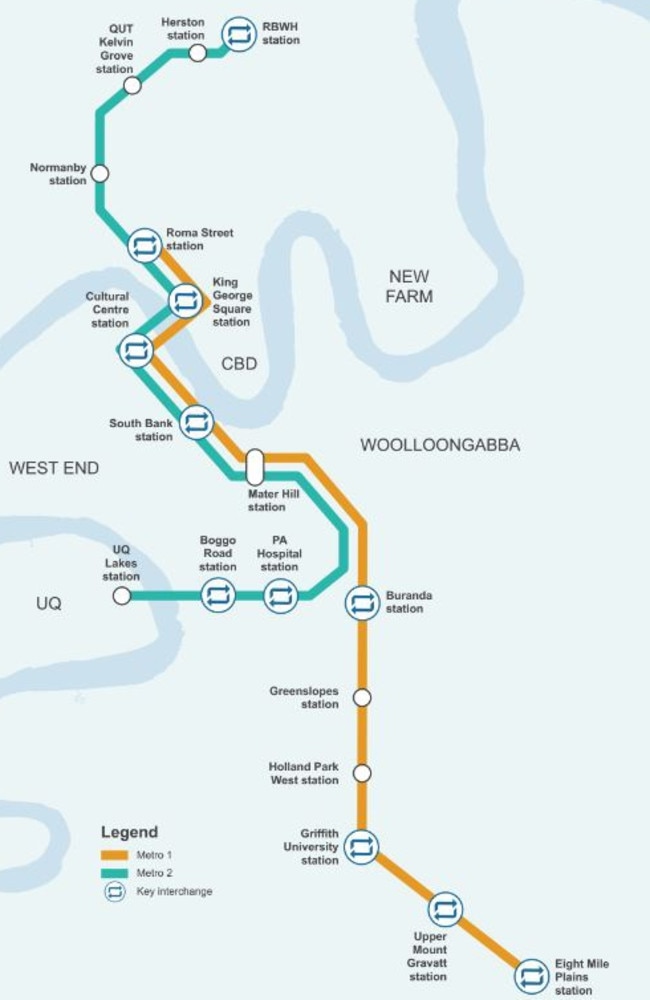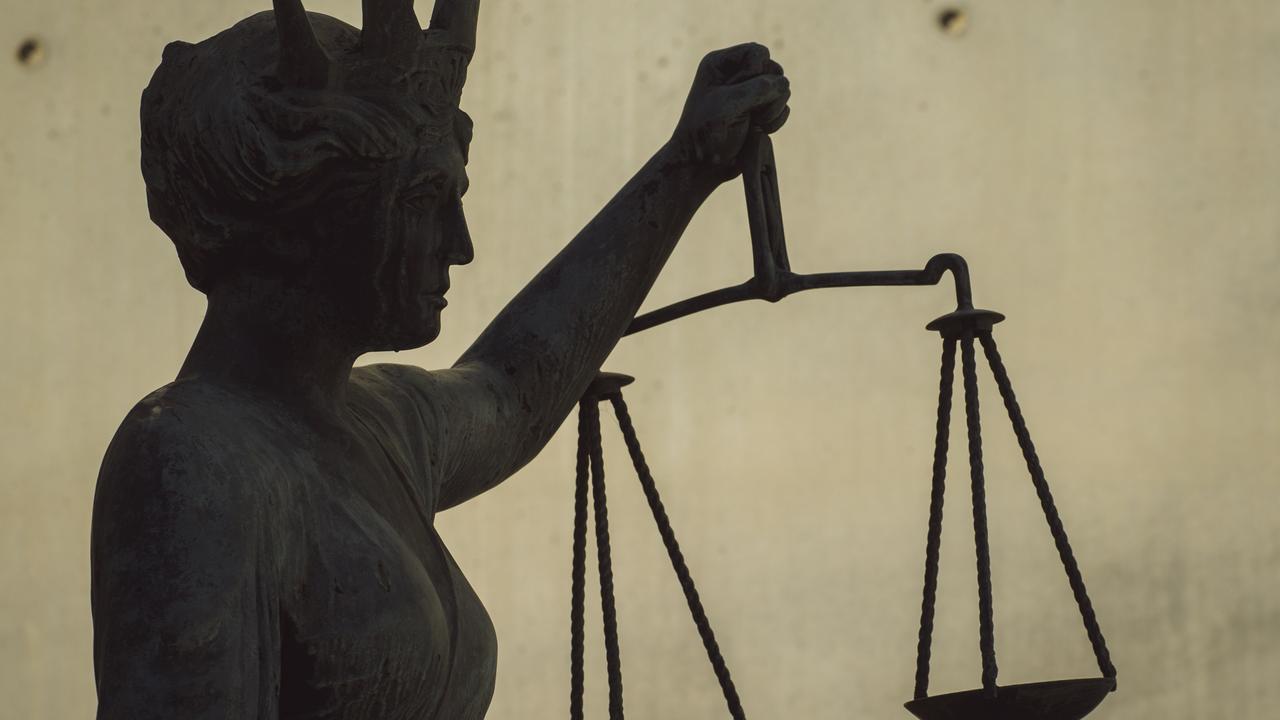Brisbane Metro will operate high-frequency services 20 hours a day
WAITING for a bus will be a thing of the past when the Brisbane Metro launches, with a high-frequency 20-hour timetable.
QLD News
Don't miss out on the headlines from QLD News. Followed categories will be added to My News.
THE high-frequency, high-capacity Brisbane Metro public transport system will operate 20 hours a day during the week, with vehicles leaving every three minutes at peak times, the project’s business case says.
Officially released today, it shows up to 150 passengers will be able to board one of the 60 Brisbane Metro vehicles, which will leave every three minutes during peak periods.
Bi-articulated buses equipped with free wi-fi would run every five minutes between morning and afternoon peak periods, and every 10 minutes at night.
The service would run up to 24 hours a day on weekends.
Commuters would save about an hour each week, with morning peak travel times to drop by 30 per cent and afternoon peak times to be slashed by 50 per cent.
The $944 million public transport system is due to be completed by 2022.

Brisbane Metro would feature two distinct lines running 21km along Brisbane’s existing busway route. Metro 1 would run from Eight Mile Plains to Roma St, while Metro 2 would run from the Royal Brisbane and Women’s Hospital to the University of Queensland.
In October, Prime Minister Malcolm Turnbull announced $10 million to go towards planning the State Government’s proposed Cross River Rail and its integration with Brisbane Metro.
Lord Mayor Graham Quirk yesterday emphasised Brisbane Metro was part of a “broader network” and would be integrated with Cross River Rail and other rail systems.
“The Brisbane Metro will demonstrate our credentials as a vibrant, 24-hour, new world city, with services operating around the clock on weekends,” he said.
“Our existing bus infrastructure is already at capacity in a number of areas and cannot cope with the continued forecast growth of our city.”
The project was originally set to cost about $1.5 billion, however the council unveiled a drastic design overhaul in March, with tracks removed, saving $500 million.


